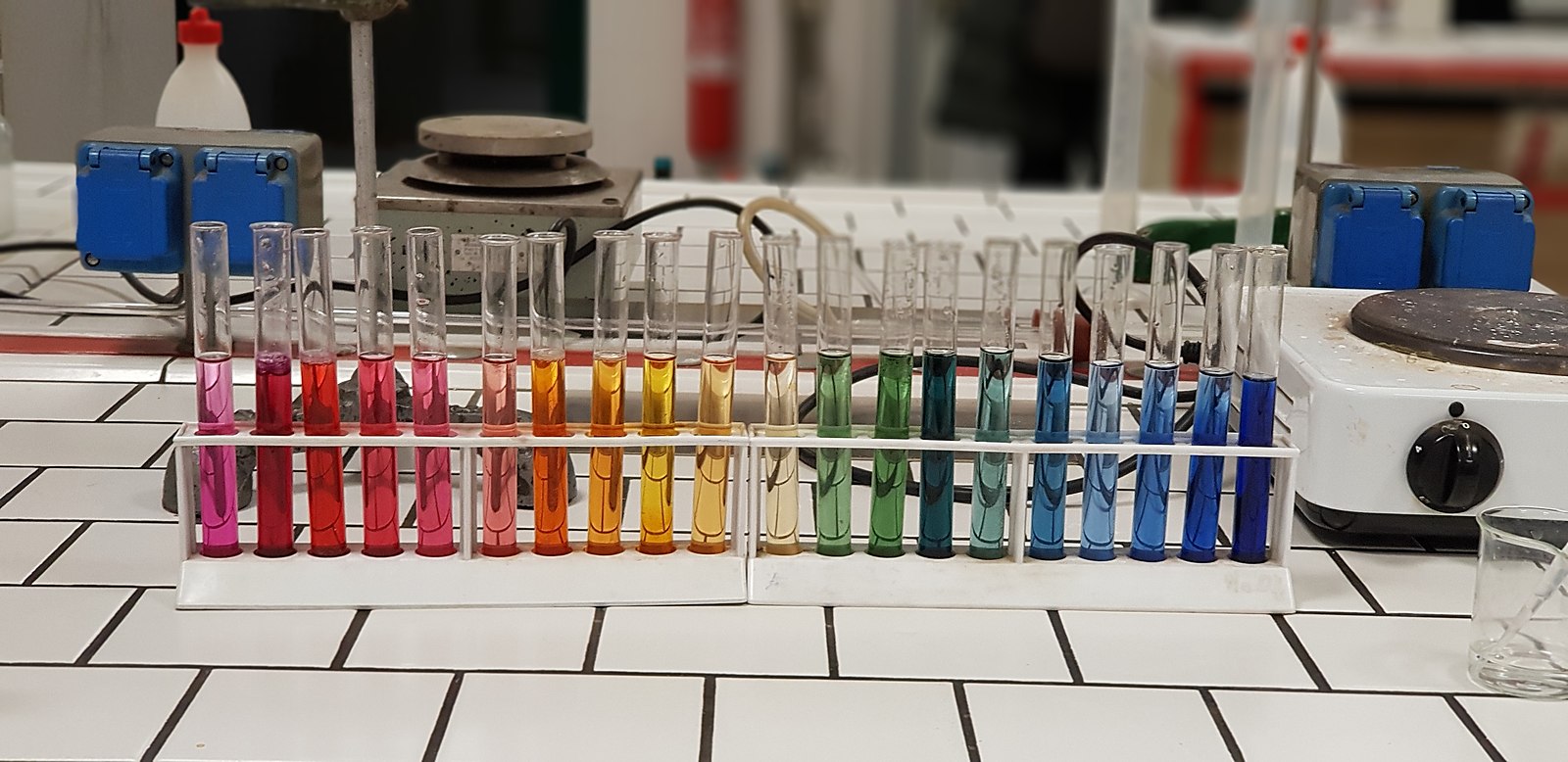The pH of oxygen in water is a crucial factor in determining the overall water quality and the health of aquatic ecosystems. While the pH of oxygen itself is not a direct measurement, understanding the relationship between pH, dissolved oxygen (DO), and other water quality parameters is essential for maintaining a balanced and thriving aquatic environment.
Understanding pH and Dissolved Oxygen
pH is a measure of the hydrogen ion concentration in a solution, ranging from 0 to 14, with 7 being neutral. Freshwater ecosystems typically thrive within a pH range of 6.0 to 9.0. Dissolved oxygen (DO), on the other hand, refers to the amount of oxygen gas dissolved in the water, which is essential for the survival of aquatic organisms.
The Relationship Between pH and Dissolved Oxygen
The pH of water can directly impact the amount of dissolved oxygen present. As the pH of water decreases (becomes more acidic), the solubility of oxygen in the water decreases, leading to lower DO levels. Conversely, as the pH increases (becomes more alkaline), the solubility of oxygen increases, resulting in higher DO levels.
Factors Affecting pH and Dissolved Oxygen
Several factors can influence the pH and dissolved oxygen levels in water, including:
- Temperature: Warmer water temperatures can decrease the solubility of oxygen, leading to lower DO levels.
- Biological Processes: Photosynthesis by aquatic plants and algae can increase pH, while respiration and decomposition can decrease pH and DO levels.
- Pollution and Contaminants: Pollutants, such as chemicals, heavy metals, and organic matter, can alter the pH and DO levels in water.
- Human Activities: Activities like industrial discharges, agricultural runoff, and sewage treatment can significantly impact water quality, including pH and DO levels.
Monitoring and Maintaining Healthy pH and Dissolved Oxygen Levels
To ensure the health and sustainability of aquatic ecosystems, it is crucial to monitor and maintain appropriate pH and dissolved oxygen levels. This can be achieved through:
- Regular Water Quality Testing: Regularly testing the pH and DO levels of the water can help identify any imbalances or changes that may require intervention.
- Identifying and Addressing Pollution Sources: Identifying and addressing the sources of pollution or contaminants that may be affecting the water’s pH and DO levels is essential for maintaining water quality.
- Implementing Best Management Practices: Adopting best management practices, such as proper wastewater treatment, reducing agricultural runoff, and promoting sustainable land use, can help protect water quality and maintain healthy pH and DO levels.
Conclusion
The pH of oxygen in water is not a direct measurement, but understanding the relationship between pH, dissolved oxygen, and other water quality parameters is crucial for maintaining the health and sustainability of aquatic ecosystems. By regularly monitoring water quality, identifying and addressing sources of pollution, and implementing best management practices, we can ensure that our freshwater resources remain clean, healthy, and capable of supporting diverse and thriving aquatic life.
References:
- Atlas Scientific. (n.d.). Does Dissolved Oxygen Affect pH? Retrieved from https://atlas-scientific.com/blog/does-dissolved-oxygen-affect-ph/
- NASA’s Glenn Research Center. (n.d.). Water Quality. Retrieved from https://www.grc.nasa.gov/WWW/k-12/fenlewis/Waterquality.html
- PubMed. (1977). Effect of temperature, pH, and oxygen level on the multiplication … – PubMed. Retrieved from https://pubmed.ncbi.nlm.nih.gov/4004233/
- Coosa Riverkeeper. (n.d.). pH and Dissolved Oxygen, Explained. Retrieved from https://coosariver.org/waterqualityparameterspart1/
- Hyslope. (2021). How pH level affects dissolved oxygen concentration in water. Retrieved from https://undergradsciencejournals.okstate.edu/index.php/jibi/article/view/231
- Alliance for the Chesapeake Bay. (n.d.). Dissolved Oxygen. Retrieved from http://www.longwood.edu/cleanva/world_water_monitoring_va/resized%20images/water_quality_parameter_info_acb.pdf

